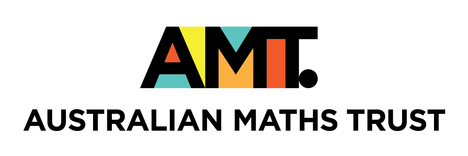
Problem: Anagrammatic Primes
Want to try solving this problem? You can submit your code online if you log in or register.
Anagrammatic Primes
Input File: primes.in
Output File: primes.out
Time Limit: 0.1 second
A number is "prime" if it has no divisors other than itself and 1. For example, 23 is prime but 35 is not prime because 35 = 7 x 5. If the digits of a number are rearranged, then usually its primeness changes — for example, 35 is not prime but 53 is. For this problem, you must find numbers which are prime no matter how you rearrange their digits. For example, all of the numbers 113, 131 and 311 are prime, so we say that 113 is an "anagrammatic prime" (also 131 and 311 are anagrammatic primes).
Input
Input will consist of a single line containing a single positive integer n (1 <= n < 10,000,000). You must find the first anagrammatic prime that is larger than n but less than the next power of ten above n.
Output
Output must be a single number. This number must either be the next anagrammatic prime as described above, or 0 if there is no anagrammatic prime in the range defined.
Sample Input 1
10
Sample Output 1
11
Sample Input 2
900
Sample Output 2
919
Privacy
statement
© Australian Mathematics Trust 2001-2024
Page generated: 20 April 2024, 10:59pm AEST